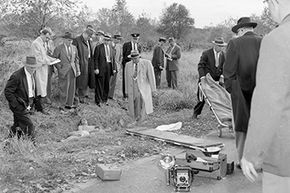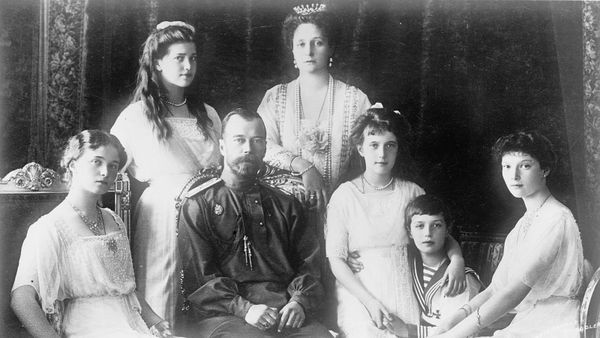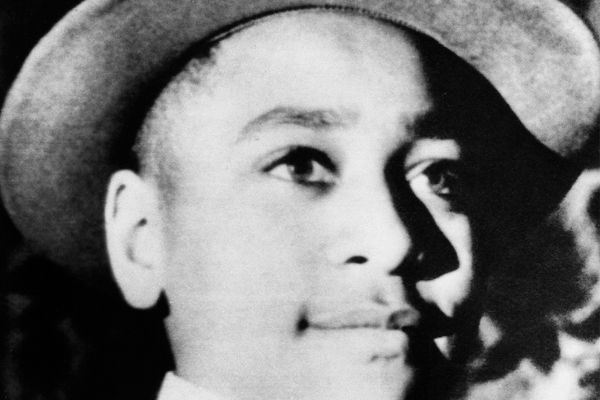"Hello, little girls. Are you having fun?"
"Would you like a piggyback ride?"
Advertisement
Those were the words spoken by the killer of Maria Ridulph to the 7-year-old and her little friend shortly before Ridulph was abducted and murdered. The crime occurred in 1957 but was not solved until 2012, making it the current contender for the oldest solved cold case.
Today, "stranger danger" is something parents and other caregivers relentlessly discuss with children. Names like Adam Walsh, Elizabeth Smart and Jaycee Dugard have made headlines, inspired Amber Alerts and forced us to live in a more paranoid, doors-locked, alarms-on society. But back in the 1950s, child kidnapping and murder were comparatively rare, so Maria Ridulph's killing stunned and terrified the United States, especially since it occurred in a small town: Sycamore, Illinois.
On Dec. 3, 1957, Maria Ridulph and her best friend, Kathy Sigman met to play at the corner of their street after dinnertime. They frolicked in the snow until a young man who identified himself as "Johnny" approached them. Ridulph was immediately thrilled by the offer of a piggyback ride, as Sigman looked on. Ridulph then ran into her house to grab a doll for another ride, which Johnny was only too happy to give. While she was gone, Johnny asked Sigman if she'd like "another type of ride," specifically on a bus or train. She nervously declined. Ridulph returned with her doll and the dipping temperature sent Sigman inside her own home to fetch her mittens. When she came back a few minutes later, the man and her friend had vanished, with the child never to be seen alive again.
The realization that Ridulph had likely been kidnapped by an unknown man incited a frantic search involving community members, local law enforcement and even the FBI. J. Edgar Hoover (then-FBI head) demanded daily updates. Everyone was on the hunt for the precocious little girl and the man who Sigman described as being good-looking, with big teeth, blond hair worn in a ducktail and a narrow face.
On April 26, 1958, Ridulph's body was found about 120 miles (193 kilometers) away from her home by a man hunting for mushrooms. She was little more than a skeleton and a few rags of clothing by that point [sources: Callahan, O'Neill].
Despite weeks of interrogations, searches and suspicions, the investigation sputtered, died and eventually was closed. Not until 55 years later, would the case be solved.
Advertisement



